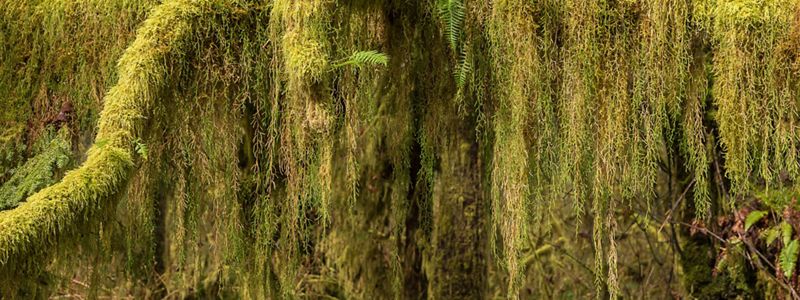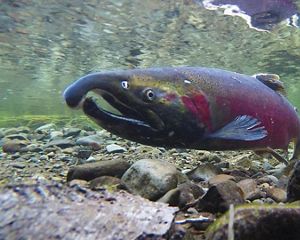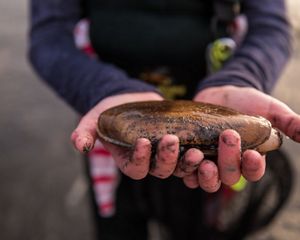Exploring Nature: Spring Frogs
Illustrations by Erica Sloniker, Marketing and Visual Communications
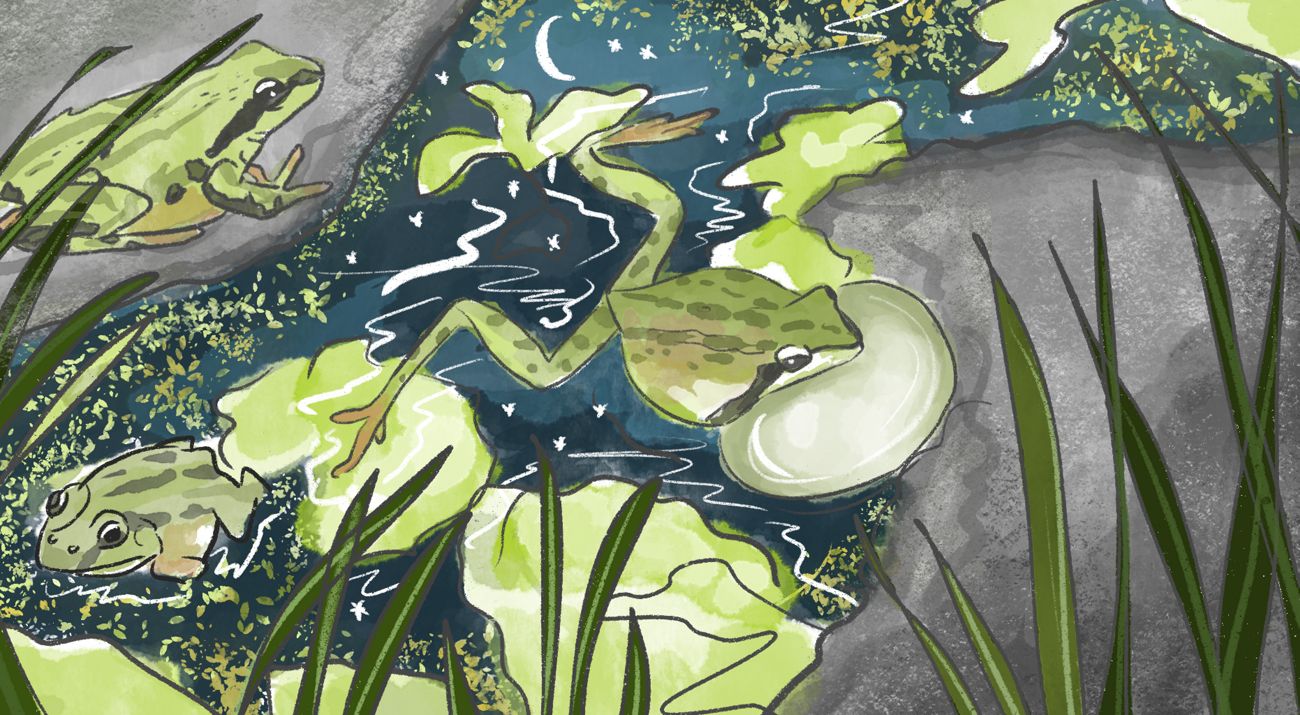
Welcome to Exploring Nature, an illustrated blog series that (re)discovers the natural world through art, science and observation.
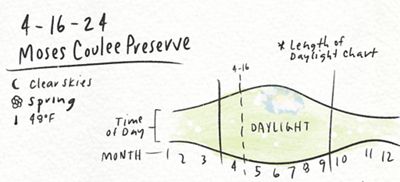
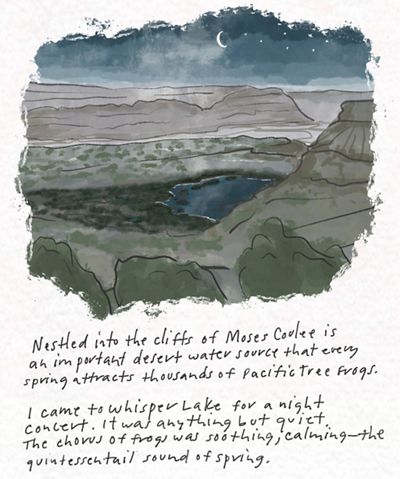
Pacific tree frog chorus at Moses Coulee Preserve
Pacific tree frog chorus at Moses Coulee Preserve.

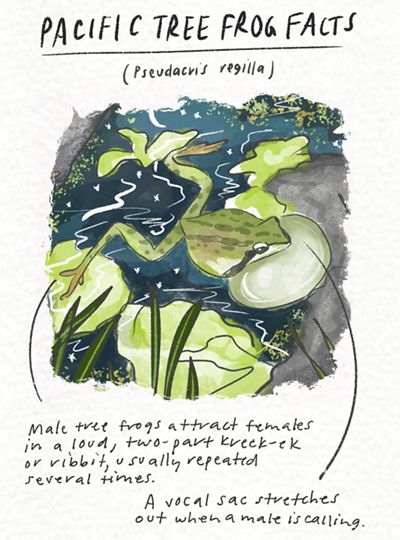
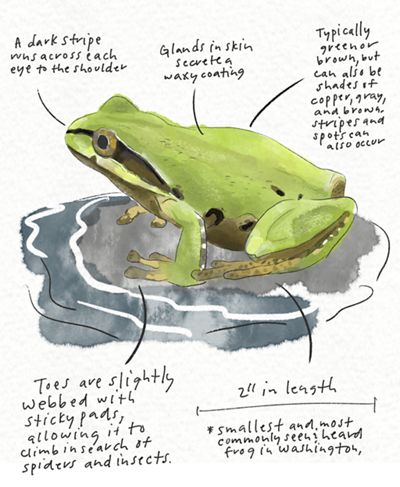
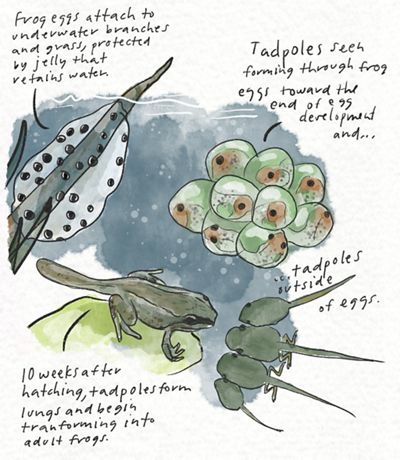

Transcript
Spring Frogs at Moses Coulee Preserve
Tuesday, April 16, 2024
Nestled in the cliffs in Moses Coulee is an import desert water source that every spring attracts thousands of Pacific Tree Frogs.
I came to Whisper Lake for a night concert. It was anything but quiet. The chorus of frogs was soothing, calming—the quintessential sound of spring.
Pacific Tree Frog Facts:
- Male tree frogs attract females in a loud, two-part kreck-ek or ribbit, usually repeated several times
- A vocal sac stretches out when a male is calling
- A dark stripe runs across each eye to the shoulder
- Glands in skin secrete a waxy coating
- Typically green or brown, but also can be shades of copper, gray, and brown. Stripes and spots can also occur
- Toes are slightly webbed with sticky pads, allowing it to climb in search of spiders and insects
- 2 inches in length
- Smallest and most commonly seen and heard frog in Washington
- Frog eggs attach to underwater branches and grass, protected by jelly that retains water
- Tadpoles seen forming through frog eggs toward the end of egg development and tadpoles outside of eggs (see illustration)
- 10 weeks after hatching, tadpoles form lungs and begin transforming into adult frogs
This spring, I’ll be taking a closer look at the nature that surrounds me and keeping my ear tuned to the water’s edge.
We Can’t Save Nature Without You
Sign up to receive monthly conservation news and updates from Washington. Get a preview of Washington's Nature News email.
